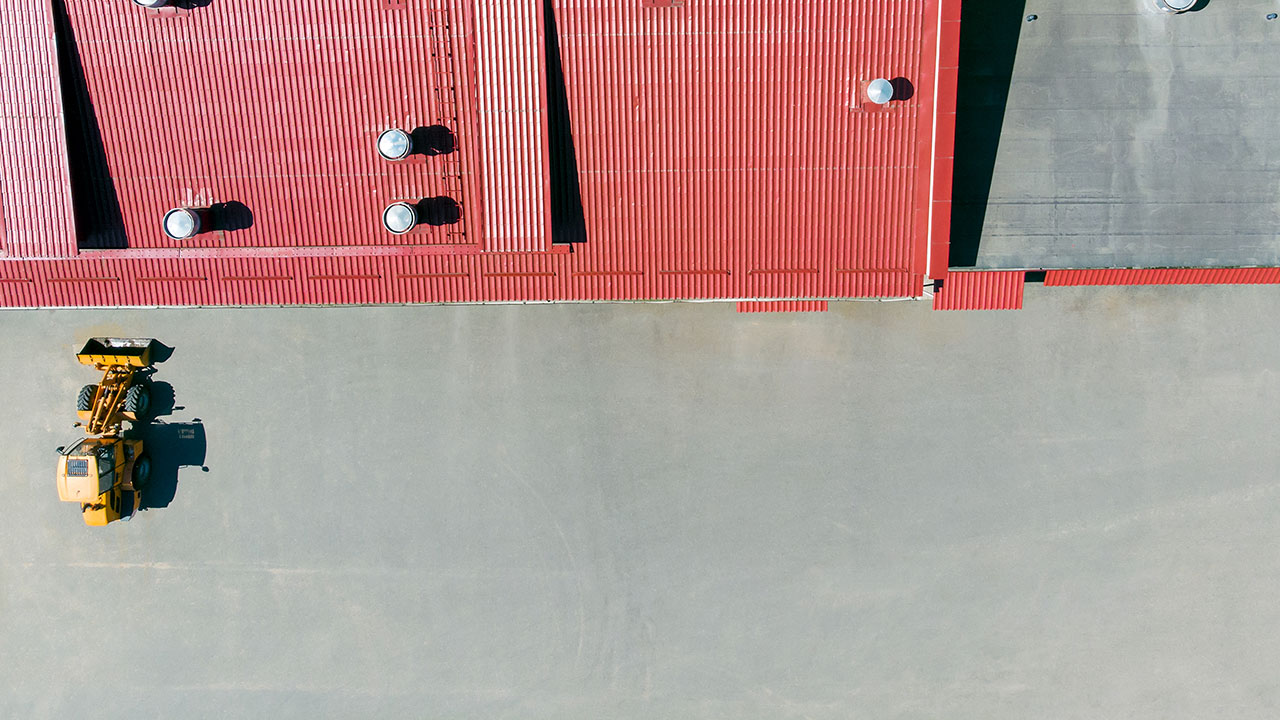Commercial roofs have varying lifespans. TPO roofs have the shortest life, with a maximum of 20–30 years. Meanwhile, asphalt roofs can last up to 40 years, and metal roofs can last up to 45. These are simply the documented life spans as they exist on paper, however. Under real-world conditions, most commercial roofs never last as long as their projected life.
Replacing a roof is expensive in terms of materials, cost of labor, and lost productivity. There’s also a loss of investment to think about. If you invest in a commercial roof with a lifespan of 40 years and it only lasts for three decades, then your roof is suddenly amortized over a much shorter amount of time. In other words, if you can extend the lifespan of your commercial roof, then your initial investment becomes much more bearable over time.
Lastly, there’s not just the roof itself to consider. The pipe supports on your roof hold gas pipes, refrigerants, electrical and internet cables, HVAC, and more. If and when these supports break down, the equipment upon them could break, exposing your roof to a variety of hazards that range from chemical spills to fires—all of which would cause the roof to fail to meet its expected lifespan without the help of an experienced commercial roofing company.
How do you ensure that a commercial roof meets its intended lifespan?
When it comes to installing a roof membrane, many architects and facility managers specify the following properties—lightweight, inexpensive, and easy to install. This means that they often choose materials such as TPO, PVC, or EPDM. These materials trade off a longer lifespan for less initial upfront expense, but here’s the catch—if a roof that’s designed to last 15 years only lasts 10 years, or if a roof that’s designed to last 30 years only lasts 20 years, then the cost of replacing the roof before its time will eat up any cost savings from the less expensive material.
For any kind of roof, a thorough maintenance program advised by a top-notch commercial roofing company is critical to save time and money. Here’s what that program needs to account for:
- Moisture Inside the Building
If you see signs of moisture inside a building, there’s a very high chance that it’s coming in through the roof. Water doesn’t travel on a direct path through a building, so every inch of the roof is suspect—not just the area directly over the leak. - Rooftop Debris
Accumulated dirt is a breeding ground for mold, which can prematurely breakdown the membrane and supporting elements of the roof. In addition, clogged drains can result in trapped water, producing leaks. - Membrane and Surface ConditionTears and punctures in surface membranes are a sign that the material needs to be replaced. Also check for blistering, ridging, and splitting. Lastly, inspect metal roofs for corrosion, and gravel roofs for bare spots.
- FlashingsFlashings around roof edges and penetrations in your roof are a danger spot for leaks. Make sure that they aren’t pulling away, and if they have pulled away, inspect the surrounding roof membrane and underlying substrate.
- InfrastructureThis is where you inspect your pipe supports—plus the chimneys, vents, skylights, and other equipment that rests on your roof. Pipe supports in particular can damage your roof when they fail. Sagging pipes will break, and failed supports can puncture your roof membrane on their own. Rooftop equipment can also fail destructively, so look for peeling paint and rust.
- Previous Maintenance Areas
When it comes to roof maintenance, the most recent repairs can be the first things to break again—especially if it turns out that a seemingly minor repair missed a major underlying issue. Be sure to check your recent repairs for signs of repeated or intensifying damage.
Roof Access Walkways Make Maintenance Easy
It’s best to encourage contractors to avoid direct contact with your substrate as much as possible while allowing them safe passage near edges and over pipes and cable runs. PHP Systems/Design offers durable, non-penetrating roof access walkways that help keep your workers safe while contributing to the overall lifespan of your roof. Contact us today for more information!




